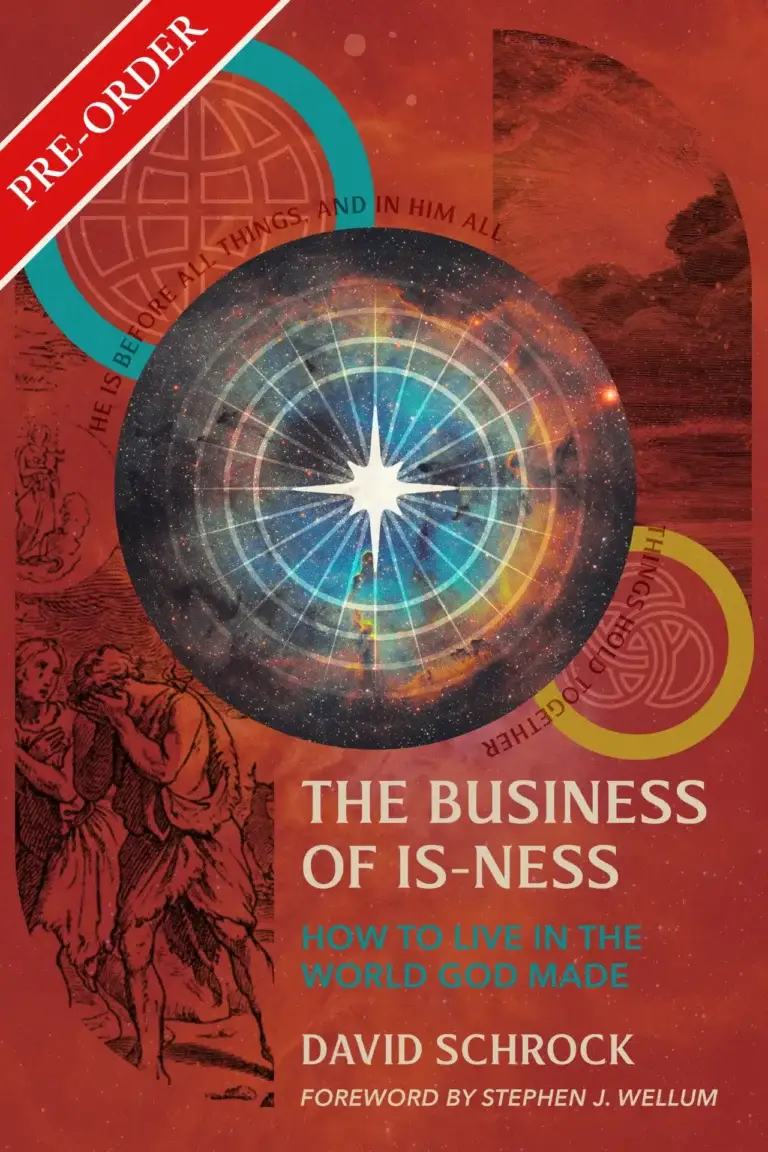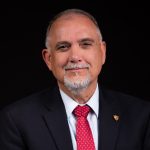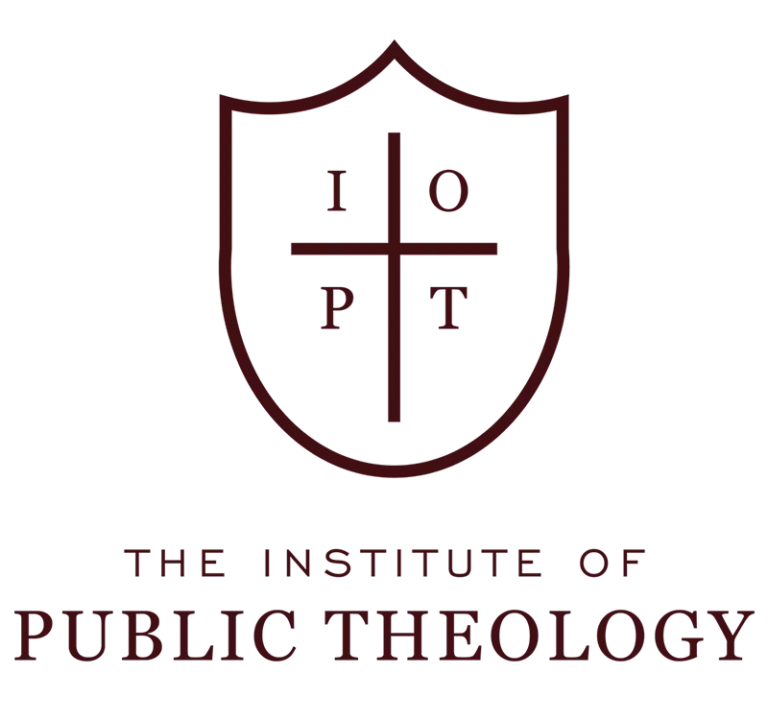We’ve had a wonderful journey through the book of Ephesians in our local church, and one of the recurring themes in this short letter is the unity of the church as “one Body” in Christ (Eph. 4:4, see also 2:14-16, 5:23, 29-30).
I would even widen this out and say that this them is a major theme in the New Testament and also the whole Bible. God’s goal from all eternity is to have a people for Himself who worship Him and enjoy Him and glorify Him forever.
So, I want to flesh out for us in this post this one Body – the Body of Christ. And in so doing I also want to tie in some big picture biblical theology to help us understand this reality.
Let’s consider 7 words to think of when thinking about this one Body. It is important that we do not separate these words, but rather take them all together in order to appreciate the fullness and wonder of the Body of Christ.
So, the first word is:
Invisibility
Now, we want to be careful with this word and not misunderstand it, nor do we only take this word alone as our only perception of the Body. Nevertheless, invisibility is an important concept. Sam Waldron is helpful here:
“In what sense, then, is the church ‘invisible’? It is invisible because we cannot directly see the work of the Spirit which joins a person to Christ. It is invisible because we cannot perfectly judge the truth of another person’s grace. It is invisible because the church as a whole is not yet a perfected earthly reality. Visible churches are only imperfect and partial manifestation of it.”
What we mean, then, by this word is that the full Body of Christ is known only to God. And ultimately this body includes all the redeemed of all time and those in heaven now and those around the globe.
Wilhelmus Á Brakel writes, “The church is a holy, catholic, Christian congregation, consisting of true believers only, who by the Holy Spirit have been called through the Word of Gd, are separate for the world, and are united to their Head and each other with a spiritual bond, and thus are united in one spiritual body…”
And so, by invisibility, we simply mean that this Body in its fulness is only seen by God right now. It includes only those who have been regenerated and trusted Christ by faith. In the Old Testament that means those looking forward to Christ by faith and in the New Testament that means those looking to the accomplishment of Christ by faith.
The full Body of Christ is known only to God. And ultimately this body includes all the redeemed of all time and those in heaven now and those around the globe.
This means even Old Testament Israel, those of faith, are part of this one body. That is, the promise to Abraham was twofold in the sense that he would have physical offspring, but also children of the promise, spiritual children, those born again and trusting Yahweh.
And not all physical Israel was part of this promise, but only those of faith. And Paul shows that those who are of faith, whether Jew or Gentile are the real children of Abraham. (See: Galatians 3. 3:7-9, 16-19, 25-29)
This one invisible body didn’t begin in the New Testament. We see its beginning in the Old Testament. And then we see in the New Testament that Pentecost, as Philip Griffiths writes, “marked the church having reached adulthood.”
Universality
The Body of Christ is invisible and universal. It is universal in 3 ways:
- Doctrine – That is, the church is built upon the truth of Christ, His Word, His gospel, the triune God, etc.
- Dispersion – that is, not any one local church or group of churches comprises the full body of Christ.
- Diversity – When I think about diversity I think about passages like Revelation 7:9-10. The universal church is made up of every tribe, tongue, and nation, all those who have been born again and called upon the name of the Lord in repentance and faith.
Christ is head of this one body made up of true believers of all time and all around the world today.
Perpetuity
John Calvin wrote, “as often as we hear that Christ is armed with eternal power, let us learn that the perpetuity of the Church is thus effectually secured; that amid the turbulent agitations by which it is constantly harassed, and the grievous and fearful commotions which threaten innumerable disasters, it still remains safe.”
This One Body will endure. She is often persecuted or rife with fighting or strife, but one day, Revelation 21:9 is happening: “Then came one of the seven angels who had the seven bowls full of the seven last plagues and spoke to me, saying, ‘Come, I will show you the Bride, the wife of the Lamb.’”
The church will endure. She will endure for all eternity. That’s why it’s quite odd for so many to think that they can live without the fellowship of the church now but enjoy it in eternity. Not true.
Invisibility, universality, perpetuity. 4th word:
Visibility
Inherent in the word “body” is visibility (cf. Eph. 4:4). So, while the church is invisible in the sense that its fullness is known only to God, it is also quite visible. You can see it. You can’t see the wind, but you can see the leaves blowing.
You can’t see the Holy Spirit, but you can see His work in the lives of bringing people from death to life and joining them with the visible church, the outward expression of the inward reality.
Certainly, there are some associated with the visible church who aren’t members of the true church. There are names on roles, or people associated outwardly with the visible church, but who are not actually a member of the true Body of Christ.
But this does not mean there are two bodies of Christ. There is not the invisible body of Christ and the visible body of Christ in the sense that these are two separate people of Christ.
Even paedobaptist, Wilhelmus Á Brakel admitted, “There is no external church of which unconverted persons are members.” So, the visible church is those who credibly profess to have faith in and follow Christ. But if that profession is not true, then they aren’t actually members of the one Body (that is, unbelievers, including, but not limited to unconverted children of believers, do not share in the covenant of grace).
Therefore, it is our endeavor as a Baptists to seek having a regenerate church membership. We believe only those part of the Body of Christ are to be part of the visible manifestation of that Body. This is why we only seek to baptize believers and are serious about accurate membership rolls.
Locality
Also inherent to the word “Body” is locality. So, while it is true that this body is spread across time and geography, it’s also true that it has particular local manifestations. Like the saints “at Philippi” or “in Ephesus.”
Sam Waldron rightly notes: “One may not credibly profess to be a member of the invisible church while despising membership and fellowship in the visible church.”
The Body of Christ is not only invisible and universal, but it is also visible and local. In fact, I would argue that in one sense saints are heading toward a wedding feast where the whole Body will be both visible and local.
So, visibility and locality are inherent to this word in Ephesians 4:4. Remember that this letter is written to a local church. And all the rest of the commands in Ephesians 4-6 are about living out Christianity within the visible local congregation.
Being part of the invisible church, if you will, is easy. You can have invisible patience. Give invisible money. Be invisibly hospitable. That sounds silly, doesn’t it? That’s because the invisibility of the church finds real expression visibly and locally whereby, we tangibly live out our lives loving and serving one another in this Body.
So, if someone says, “I’m part of the invisible universal church but not any particular visible local congregation” they have ultimately misunderstood the expression of this One Body that the Spirit creates. R.C. Sproul soberingly warns,
“Some of us may be deceiving ourselves in terms of our own conversion. We may claim to be Christians, but if we love Christ, how can we despise His bride? How can we consistently and persistently absent ourself from that which He has called us to join—His visible church? I offer a sober warning to those who are doing this. You may, in fact, be deluding yourself about the state of your soul.”
The invisibility of the church finds real expression visibly and locally whereby, we tangibly live out our lives loving and serving one another in this Body.
Invisibility, universality, perpetuity, visibility, locality, 6thly:
Formality
The Body of Christ has organization. It is institutional. Think of your own body. It has formality. It’s put together in a certain way. Its various systems work together in harmony.
People do not like to talk about the Body of Christ in this way. They do not like the word “religion” or “institution.” But Christianity is a religion. The Body of Christ is institutional. God is a God of order.
Yes, the Body is organic in the sense that the Holy Spirit regenerates and binds us together into an organic union. But, in the words of Abraham Kuyper: “Since Christianity does not animate merely an individual, but binds many together, there necessarily comes into existence a legal relationship that degenerates into confusion if there are no judicial rules.”
There are formal rules to how this Body is organized. And we get these rules from our Head, the Lord Jesus Christ as He has instructed us in His Word. He tells us who can be pastors. He shows us what membership looks like in the church. He explains to us what the ordinances of the church are and how we are to perform them. He shows us the rules for church discipline and removing someone from the fellowship of the church.
There is a formality to the Body of Christ. Our Lord shows us in His Word how we are to be structured. We don’t come together on Sunday and just think, “Well, what should we do?” “Well, I guess we will do whatever we feel today.”
No. We seek the Scriptures and see that we ought to pray together and sing together and sit under the preaching of God’s Word and observe the ordinances of baptism and the Lord’s Supper.
It is right then to talk about the Body as an institution. It’s not only an institution of course. But the Lord Jesus has given us formal instructions for our governance, and we must take this seriously.
There are formal rules to how this Body is organized. And we get these rules from our Head, the Lord Jesus Christ as He has instructed us in His Word.
Purity
Ephesians 4:4 comes within the context of Paul instructing the church how to live out her calling among pagans. We are to walk worthily. Christ will “present the church to Himself in splendor, without spot or wrinkle or any such thing, that she might be holy and without blemish.”
The Body of Christ has been cleansed. She has been washed in the blood of Christ and by faith clothed in His righteous robes. She is in union with Christ and has been given a new heart, new affections, new desires…
The local church, then, aspires to be pure. Pure in doctrine. Pure in membership. Pure in life.
We long to live out the reality of who we are in Christ. We long for others to see the beauty and splendor and glory of our King as we shine as lights in this world. We want to tell others and show others that there is real change in Jesus. There is real forgiveness in Jesus. There is real transformation in Jesus. And we seek to fight our sin and flesh every day.
The holy lives of church members commend Christ and His gospel.
Conclusion
There is one Body. And these 7 words ought to be considered together as we think about this Body:
Invisibility, universality, perpetuity, visibility, locality, formality, and purity.
Are you part of this Body? Is your life immersed in the fellowship of this Body? Do you desire the purity of this Body? Do you strive toward maintaining the unity of this Body? Is your life given to the visible manifestation of this Body in the local church?





























